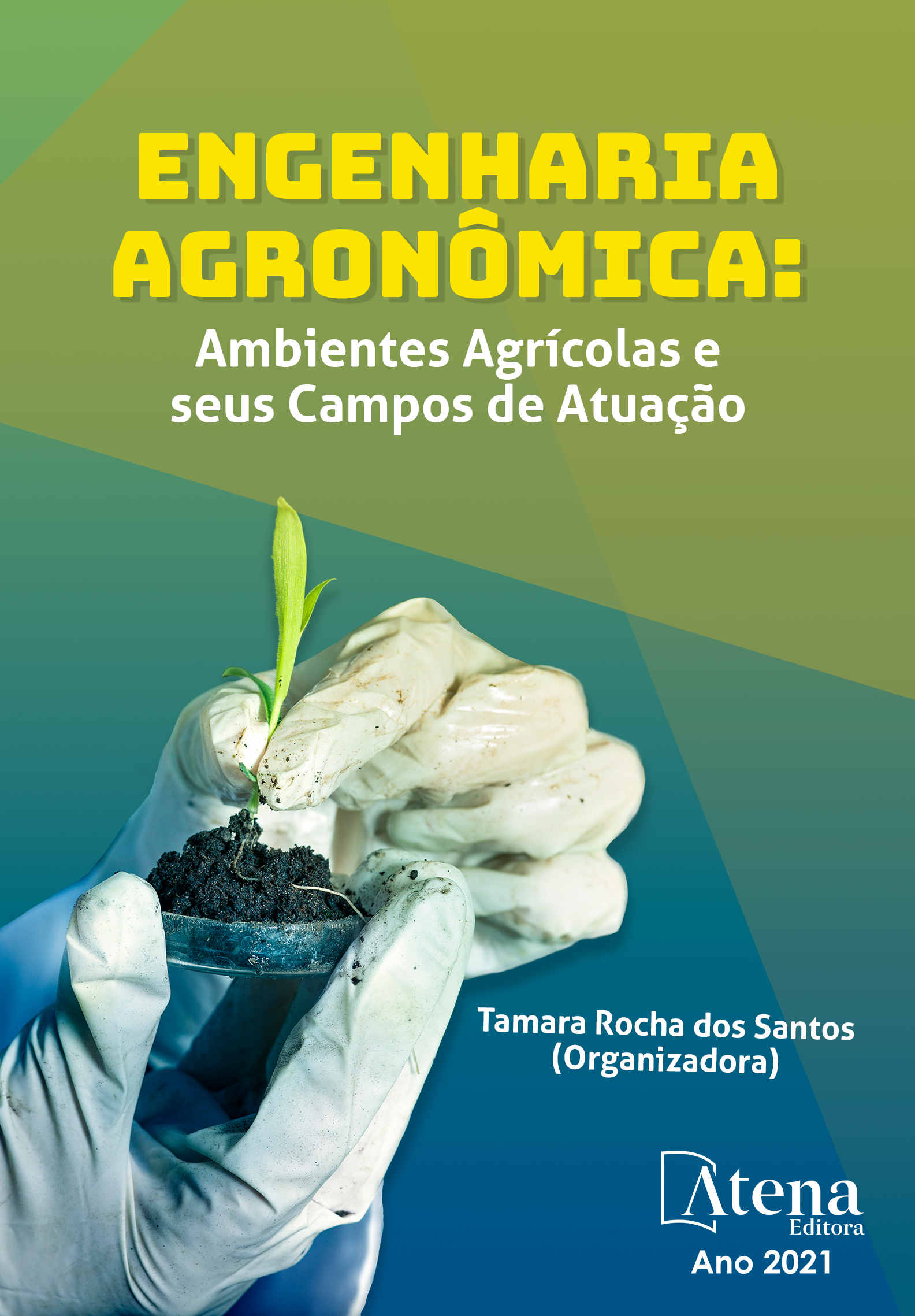
COMPONENTE ARBÓREO DA UFSM - CAMPUS CACHOEIRA DO SUL: UMA CONTRIBUIÇÃO AO PAISAGISMO SUSTENTÁVEL
Este trabalho teve como objetivo contribuir com o conhecimento das espécies existentes na Universidade Federal de Santa Maria – Campus Cachoeira do Sul, localizada no Bairro Passo da Areia, no município de Cachoeira do Sul, Rio Grande do Sul. A área compreendida no presente estudo corresponde ao local onde a sede do campus cachoeirense está em construção, para evitar que a ação antrópica interfira na diversidade de espécies antes mesmo dos registros acontecerem. O levantamento foi realizado no período entre 2018 e 2020, compreendendo uma área de aproximadamente 100.000 m2. Foram registradas 15 espécies, pertencentes a 10 famílias, sendo a família Myrtaceae com maior riqueza específica. A espécie com maior ocorrência foi Eugenia uniflora L. (Myrtaceae). Verificou-se o predomínio de espécies nativas, representadas por 80 %, em relação às exóticas 20 %, o que mostra um quadro de baixa alteração da flora local até o presente momento.
COMPONENTE ARBÓREO DA UFSM - CAMPUS CACHOEIRA DO SUL: UMA CONTRIBUIÇÃO AO PAISAGISMO SUSTENTÁVEL
-
DOI: 10.22533/at.ed.44221060516
-
Palavras-chave: Levantamento florístico, nativas, UFSM-CS.
-
Keywords: Flower survey, native, UFSM-CS.
-
Abstract:
This work aimed to contribute with the knowledge of the existing species in the Federal University of Santa Maria - Cachoeira do Sul Campus, located in Passo da Areia, in the city of Cachoeira do Sul, Rio Grande do Sul.The area included in this study corresponds to the site where the Cachoeirense campus headquarters is under construction, in order to prevent anthropic action from interfering with the diversity of species even before the records take place. The survey was conducted in the period between 2018 and 2020, covering an area of approximately 100,000 m2.Fifteen species were registered, belonging to 10 families, being the Myrtaceae family with the greatest specific wealth. The species with the highest occurrence was Eugenia uniflora L. (Myrtaceae). There was a predominance of native species, represented by 80%, in relation to the exotic 20%, which shows a picture of low alteration of the local flora until the present moment.
-
Número de páginas: 7
- Dulce Vitória Machado da Silveira
- Felipe Turchetto
- VIVIANE DAL-SOUTO FRESCURA


